How to Use External Monitors for Better Video Production
25 November 2024
In the world of video production, every little detail matters. Whether you're shooting a YouTube video, working on a short film, or producing a professional commercial, the quality of your visuals can make or break your project. One often overlooked yet crucial tool that can elevate your video production game is an external monitor.
Sure, cameras come with their own built-in screens, but let's be honest—they’re small, often hard to see in bright environments, and limited in functionality. That’s where external monitors come in, offering a host of benefits that can take your videos to the next level. Whether you're working on color grading, framing, or ensuring focus, using an external monitor can make your life easier and your videos better.
But how exactly do you use external monitors for better video production? Let’s dive into the details!
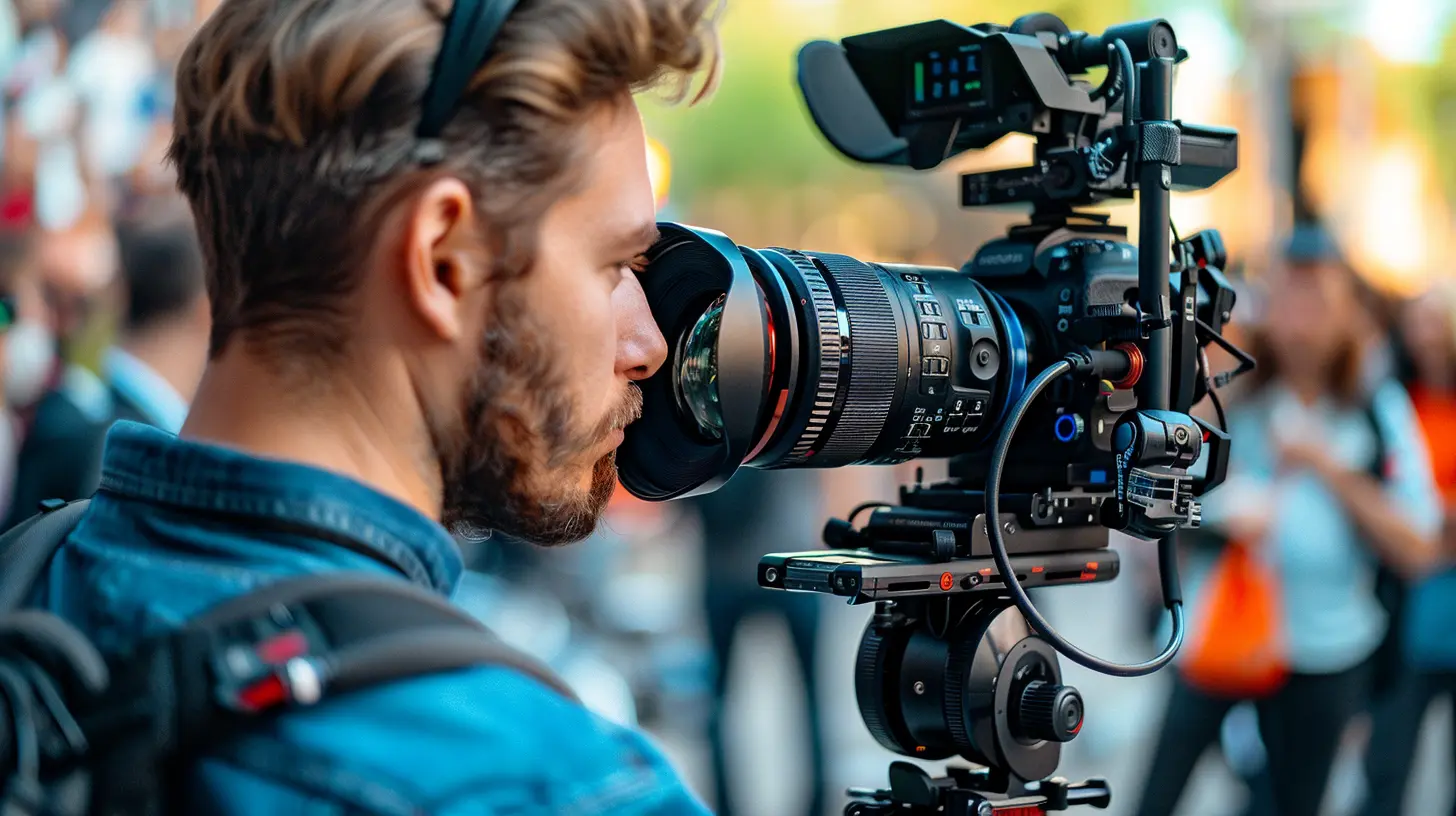
Why Use an External Monitor?
You might be wondering, "Why bother with an external monitor when my camera already has a screen?" Well, here's the thing: the built-in screens on most cameras are often small, low resolution, and not color-accurate. When you're working on something as precise as video production, these factors can hinder your ability to make critical decisions, whether it's about framing, focus, or color balance.Here's What an External Monitor Offers:
- Larger Screen Size: External monitors typically range from 5 to 9 inches, providing a much larger viewing area than your camera’s built-in screen. This makes it easier to spot details and ensure everything is framed perfectly.- Better Resolution: Most external monitors offer much higher resolutions, allowing you to see a clearer and more detailed image of what you're capturing.
- Accurate Colors: External monitors are usually calibrated for color accuracy, which is crucial when you're working on projects that require precise color grading or matching.
- Tools for Video Production: Many external monitors come with built-in tools like focus peaking, zebras, histograms, and false color to help you monitor exposure, focus, and other critical aspects of your video.
- Flexible Viewing Angles: Unlike the fixed screens on many cameras, external monitors provide flexibility in positioning, allowing you to move the monitor around for better viewing angles.
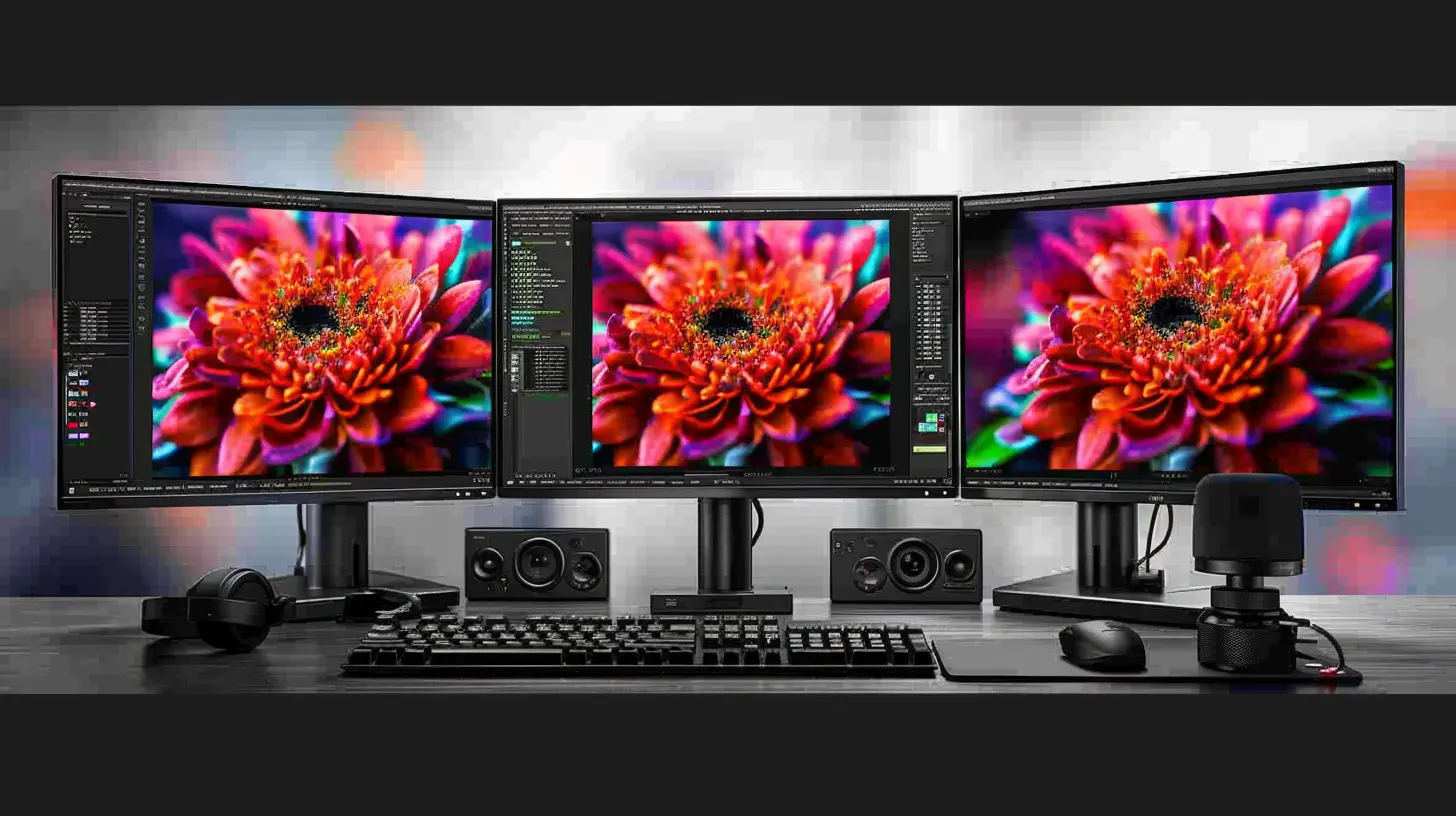
Choosing the Right External Monitor for Video Production
Before you jump in and buy the first external monitor you see, it’s crucial to choose the right one based on your specific needs. Not all external monitors are created equal, and you’ll want to make sure the one you choose fits your workflow.Key Features to Consider:
1. Size: Do you need something compact that you can mount on top of your camera, or would a larger, more stationary monitor work better for you? As mentioned earlier, external monitors can range from around 5 to 9 inches, with larger options available for studio settings.2. Resolution: If you're shooting in 4K, it makes sense to get a monitor that can display your footage in 4K quality. Otherwise, you might not be seeing the full details of your shots.
3. Brightness: It’s important to consider the brightness of your monitor, especially if you're shooting outside. A bright monitor (measured in "nits") will make it easier to see your screen in direct sunlight.
4. Color Accuracy: Some monitors are factory-calibrated for color accuracy, while others may require you to calibrate them yourself. Look for monitors that support a wide color gamut, such as Rec. 709 or DCI-P3, to ensure accurate color representation.
5. Input/Output Options: Ensure the monitor you choose has compatible input/output ports for your camera. HDMI is the most common, but some professional setups may require SDI connections.
6. Battery Life: If you're shooting on location, battery life is key. Some external monitors run on regular camera batteries, while others may require a dedicated power source.
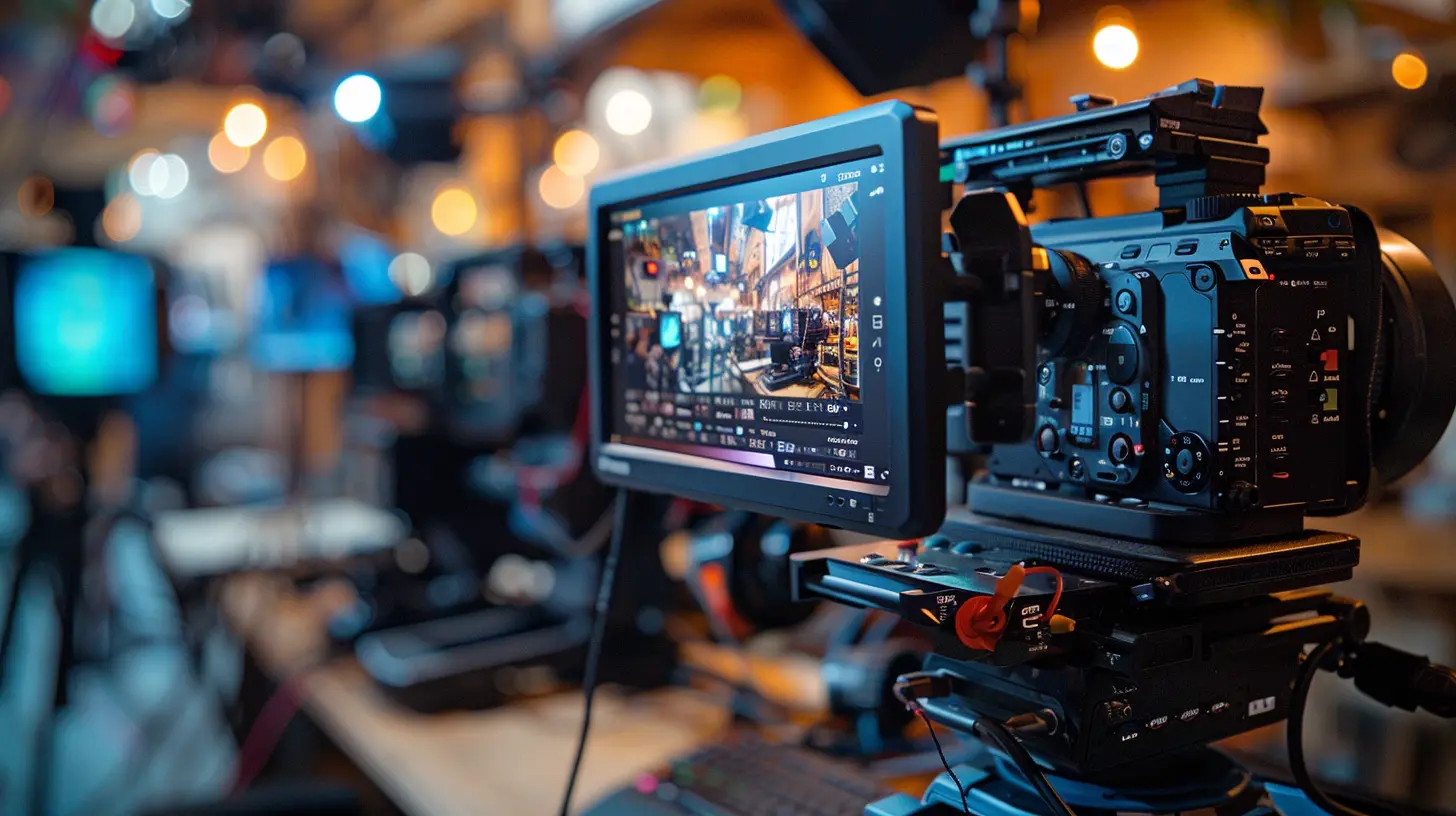
Setting Up Your External Monitor
Setting up an external monitor is typically a straightforward process, but it does require a bit of attention to detail. Here’s a step-by-step guide to help you get started:1. Mount the Monitor on Your Camera or Rig
Most external monitors come with mounting options like a hot shoe mount or a 1/4-inch thread that allows you to attach them to your camera rig. Make sure the monitor is securely fastened before moving on to the next step.2. Connect the Monitor to Your Camera
Use an HDMI or SDI cable to connect your camera to the external monitor. Make sure the cable is long enough to give you some flexibility in positioning the monitor, but not so long that it becomes a tripping hazard. If your camera has a mini or micro HDMI port, you'll need the appropriate adapter.3. Power Up Both Devices
Turn on both your camera and the external monitor. Some monitors draw power directly from your camera, while others may have their own battery source. Ensure everything is powered up and connected properly.4. Calibrate the Monitor
Once the monitor is on, it's time to calibrate it for color accuracy and brightness. Many monitors have built-in calibration tools, but you may also want to use a color calibration device like a Spyder or X-Rite to get the most accurate results.5. Activate Monitoring Tools
Most external monitors come with a variety of built-in tools designed to help with video production. Here are some common tools you should look for:- Focus Peaking: This highlights the areas of your frame that are in sharp focus, making it easier to nail your focus points.
- Zebras: These are diagonal lines that appear over areas of your image that are overexposed, helping you avoid blown-out highlights.
- Histogram: This is a graphical representation of your image's exposure, allowing you to see if your image is properly exposed.
- False Color: This assigns different colors to different exposure levels in your image, making it easier to spot areas that are underexposed or overexposed.
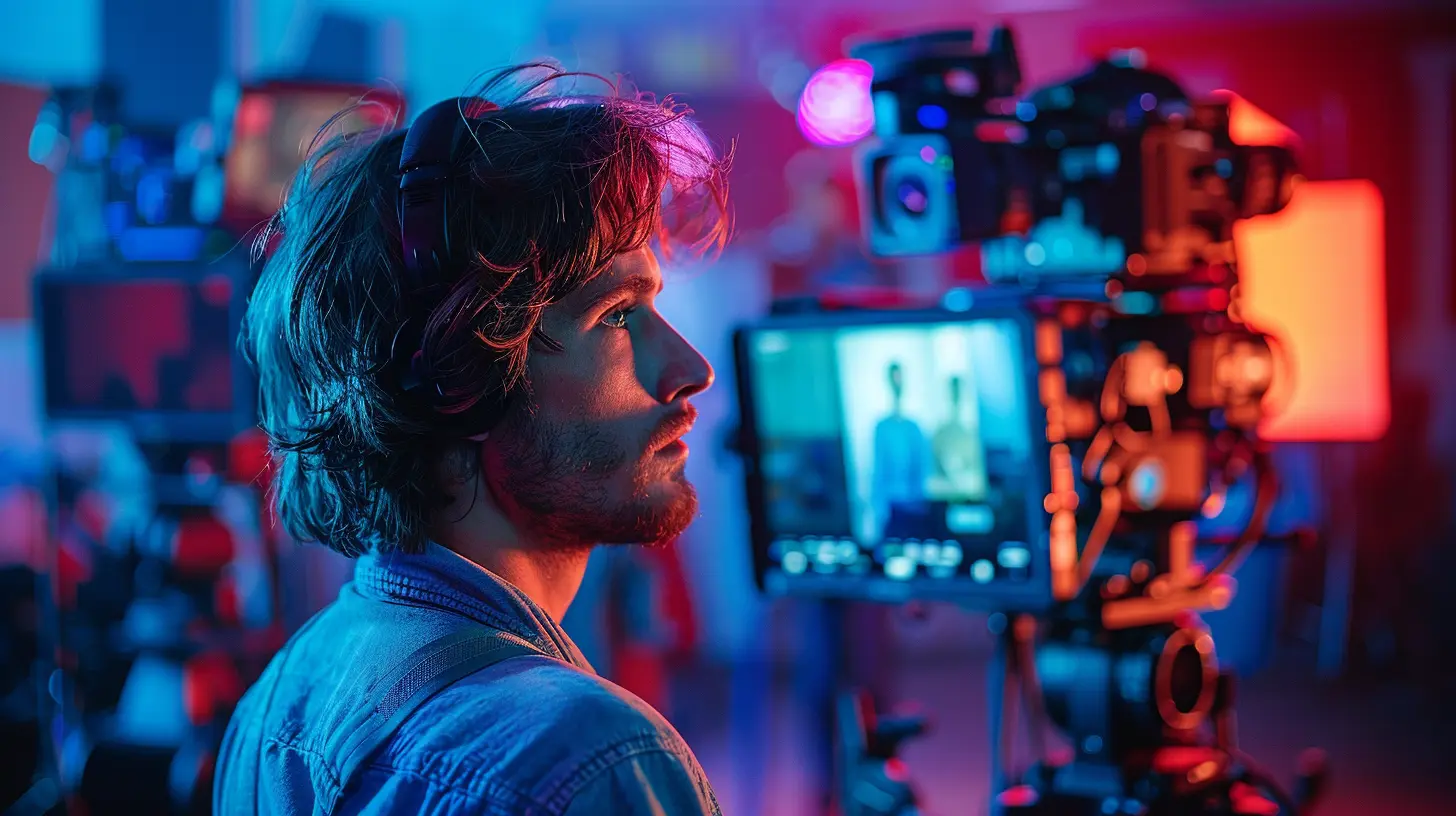
Using an External Monitor to Improve Your Workflow
Once you’ve got your external monitor set up, it’s time to start using it to improve your video production workflow. Here are a few ways an external monitor can help you work more efficiently and effectively:1. Improved Framing and Composition
With a larger screen, it’s easier to see the entire frame and spot any distractions or framing issues. You'll have more control over your composition, ensuring that everything in the frame is exactly where it should be.2. Better Focus Control
Focus is one of the most critical aspects of video production, and an external monitor can help you get it just right. The larger screen size makes it easier to see whether your subject is in focus, and tools like focus peaking make it even easier to ensure sharpness.3. Enhanced Color Grading
If you're working on a project that requires precise color grading, an external monitor can help. Many external monitors are color-calibrated, meaning what you see on the screen is closer to what your final video will look like.4. Collaborative Filmmaking
An external monitor can be a great tool for collaborative projects. Instead of having everyone huddle around the tiny camera screen, you can set up the external monitor so that everyone on your team—whether it's the director, the producer, or the client—can see what’s being shot in real-time.5. More Control Over Exposure
Tools like zebras, histograms, and false color allow you to monitor your exposure levels and ensure that you’re getting the best possible image. This is particularly important in challenging lighting conditions where it can be hard to judge exposure by eye alone.Troubleshooting Common Issues with External Monitors
Even though external monitors can be game-changers for video production, they’re not without their potential problems. Here are a few common issues you might run into and how to solve them:1. No Signal
If your external monitor isn’t displaying any signal from your camera, check your connections. Make sure the HDMI or SDI cable is securely plugged in, and double-check that your camera’s output settings are configured correctly.2. Lag or Delay
Sometimes, there can be a slight delay between what’s happening in front of the camera and what shows up on the monitor. This is often due to the monitor’s processing time. If the delay is too much, look for a monitor with low latency to minimize the issue.3. Power Issues
If your monitor keeps shutting off, check the battery or power source. Some monitors are notorious for draining batteries quickly, so it’s always a good idea to have spares on hand.
Conclusion
Incorporating an external monitor into your video production setup can dramatically improve your workflow, allowing you to see more clearly, adjust more precisely, and produce better videos. Whether you're a solo content creator or part of a professional filmmaking team, the benefits of using an external monitor are too good to pass up. From better focus control to enhanced color accuracy, an external monitor is a must-have tool for anyone serious about video production.So, next time you're on set or in the studio, don’t rely solely on your camera's built-in screen. Hook up an external monitor and see how much easier it becomes to achieve the perfect shot.
all images in this post were generated using AI tools
Category:
Camera GearAuthor:

Kira Sanders
Discussion
rate this article
18 comments
Charlie Butler
Great tips! Utilizing external monitors can significantly enhance video production quality by providing better color accuracy and larger viewing spaces, ultimately improving editing precision and workflow efficiency. Keep it up!
March 6, 2025 at 4:41 AM

Kira Sanders
Thank you! I'm glad you found the tips helpful. Happy editing!
Virginia McAnally
Using external monitors is essential for optimizing video production. They provide enhanced clarity, accurate colors, and a larger workspace, allowing for precise editing and effective multitasking. Embrace this upgrade to elevate your video projects—it's a game changer that no serious creator should overlook.
February 9, 2025 at 6:05 AM

Kira Sanders
Absolutely! External monitors greatly enhance video production by offering superior clarity and color accuracy, making them indispensable for serious creators.
Cruz McTigue
Essential tips for enhancing video quality.
February 2, 2025 at 8:44 PM

Kira Sanders
Use external monitors for accurate color grading, better focus, and improved framing. They help you see the details that small screens often miss!
Paris Rivera
Great article! Utilizing external monitors can truly elevate video production quality. Your tips on setup and workflow are super helpful for both beginners and seasoned creators alike. I’m excited to implement these strategies and enhance my projects. Thanks for sharing such valuable insights!
January 29, 2025 at 9:15 PM

Kira Sanders
Thank you for your kind words! I'm glad you found the tips helpful and inspiring. Happy filming!
Reina Pacheco
Great tips! External monitors really enhance video quality.
January 22, 2025 at 3:38 AM

Kira Sanders
Thank you! I'm glad you found the tips helpful. External monitors can truly elevate your video production experience!
Juliet Turner
Great insights! Using external monitors has truly transformed my video production workflow. The extra screen real estate makes editing so much smoother, and I love being able to preview my work in real-time. Can't wait to try out these tips!
January 13, 2025 at 7:55 PM

Kira Sanders
Thank you! I'm glad you found the tips helpful. Enjoy the improved workflow with your external monitors!
Elowen McVicker
External monitors: because squinting at a tiny screen while editing is so last season. Upgrade your views!
January 8, 2025 at 4:37 AM

Kira Sanders
Thank you for your comment! Upgrading to external monitors indeed enhances the editing experience, allowing for better detail and productivity.
Murphy Hurst
In the dance of pixels bright, External monitors enhance your sight. Craft your vision, let creativity flow, With expansive screens, your brilliance will glow. Illuminate the art you sow.
December 29, 2024 at 4:14 AM

Kira Sanders
Thank you for your poetic insight! External monitors truly do elevate the creative process and enhance visual storytelling in video production.
Xeno Ward
This article provides valuable insights into enhancing video production with external monitors. The tips on calibrating settings and optimizing workspace ergonomics are particularly useful. I appreciate the practical approach and clear explanations, making it accessible for both beginners and seasoned creators alike. Looking forward to more content like this!
December 23, 2024 at 9:46 PM

Kira Sanders
Thank you for your kind words! I'm glad you found the tips helpful. Stay tuned for more content!
Olive McAdams
This article offers valuable insights into utilizing external monitors for enhanced video production. It effectively highlights the benefits of increased screen real estate and improved color accuracy. However, it could further explore budget-friendly options for those just starting out in video production. Overall, a solid read!
December 19, 2024 at 12:33 PM

Kira Sanders
Thank you for your feedback! I appreciate your suggestions on including budget-friendly options in future updates. Glad you found the article helpful!
Jocelyn Mercado
External monitors: because squinting at your tiny screen is so last decade. Level up your video production game—your eyes (and your audience) will thank you for the upgrade. Get with it!
December 15, 2024 at 3:32 AM

Kira Sanders
Absolutely! External monitors enhance visibility and precision, making video production more efficient and enjoyable. Your eyes and audience will truly benefit!
Myles McIntyre
Great tips! External monitors truly enhance video production quality and workflow efficiency.
December 11, 2024 at 7:26 PM

Kira Sanders
Thank you! I'm glad you found the tips helpful. External monitors can really make a difference in production quality and efficiency!
Kael McMeekin
Great article! Using external monitors truly elevates video production quality. Your tips are clear and actionable, making it easier for both beginners and seasoned creators to enhance their workflow. Thank you for sharing!
December 3, 2024 at 8:54 PM

Kira Sanders
Thank you for your kind words! I'm glad you found the tips helpful for improving video production. Happy creating!
Emmett Nelson
Great tips! Using external monitors can significantly enhance video production quality. They provide better color accuracy and a larger workspace, allowing for more precise editing and a clearer view of your project. Thanks for sharing!
November 28, 2024 at 8:53 PM

Kira Sanders
Thank you for your feedback! I'm glad you found the tips helpful. External monitors truly make a big difference in video production quality!
Jade Hernandez
External monitors: because bigger screens mean fewer misaligned shots and more stunning cinematic magic.
November 27, 2024 at 12:46 PM

Kira Sanders
Absolutely! External monitors enhance precision and creativity, allowing for better framing and more impactful visuals in your video production.
Runehart McClellan
External monitors: because squinting at your laptop screen for hours is not the vibe. Plus, nothing says 'professional video producer' like a setup that looks like Mission Control—bonus points if you can reach the snacks without leaving your chair!
November 25, 2024 at 8:29 PM

Kira Sanders
Absolutely! External monitors enhance workflow and comfort, making video production more efficient and professional. Plus, a well-equipped setup is always a bonus!
Grayson McCollum
Great tips! External monitors really enhance video quality.
November 25, 2024 at 11:59 AM

Kira Sanders
Thank you! I'm glad you found the tips helpful. External monitors can truly elevate your video production quality!
Flynn Kline
Using external monitors enhances video production by providing better color accuracy, larger visuals, and multi-display setups for efficient editing. Consider factors like resolution, connectivity options, and calibration for optimal results. Investing in quality monitors can significantly elevate your workflow and final output.
November 25, 2024 at 5:50 AM

Kira Sanders
Thank you for your insights! You're absolutely right—external monitors are essential for achieving high-quality video production. Your points on resolution, connectivity, and calibration are crucial for maximizing their effectiveness.
MORE POSTS

How Mobile Tech is Revolutionizing Education and Learning
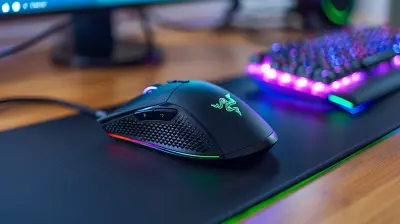
Home Office Tech: Reviewing the Best Ergonomic Mice and Keyboards

How to Build a Custom Gaming PC on a Budget

The Challenges of Teaching Autonomous Vehicles to Navigate Complex Roads
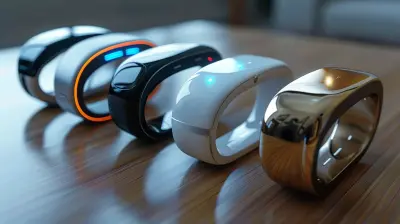
Exploring the Convergence of Mobile Devices and Wearable Tech
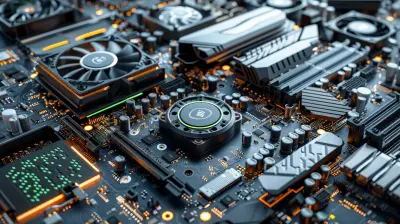
How to Safely Upgrade Your Gaming PC’s Hardware

Cybersecurity Challenges in the Age of Remote Work

The Role of Renewable Energy in Powering Cryptocurrency Mining

How to Use Mobile Apps to Automate Your Daily Tasks

The Role of Digital Twins in Smart Cities

The Future of Mobile Payments: What You Need to Know